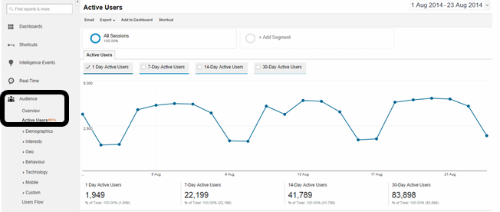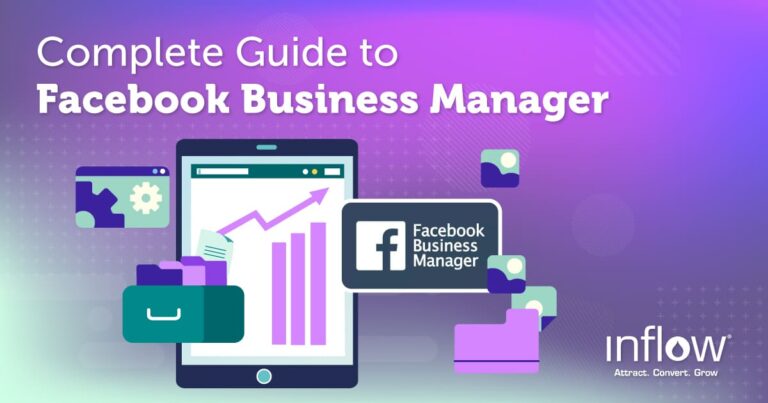
There is one major advantage of getting into the B2C space for businesses and that’s higher margins. Selling to consumers as well as fellow businesses means that you can access a larger, more diverse customer base, therefore building resiliency into your operation.
Getting into B2C is not without its risks and difficulties. Marketing and distribution systems are generally more complicated in the B2C space, if only because of the increased numbers of individual customers and smaller orders. This means that you must enhance your audience research processes to generate intelligence on these new customers. Depending on your product or service, there is the possibility you will need to add capacity to your warehousing, distribution, and fulfillment networks.
Another challenge involved with moving into the B2C space is compliance. Strictly B2B operations are used to having the data they hold governed by bespoke agreements between themselves and their customers. In the consumer space, there are a large and growing number of frameworks, such as Europe’s GDPR and the upcoming Cloud act which, despite what many see as drawbacks, intend to grant consumers a significant level of protection and control over their data held by businesses they patronize.
If these challenges can be overcome, however, adding B2C options to your current B2B line can be a great way to increase revenue. And from a technical point of view, it need not be difficult. You have, in my opinion, two approaches available when it comes to adding this B2C sales: build a completely separate website or combine two experiences into your existing store.
Arguably, building a completely separate website to handle B2C orders is the ideal situation, because this allows you to include the variant requirements of both customer bases. Your B2C website will have different payment requirements, integrations with your back office, product visibility, order minimums, promotions and shipping options, to give just a few examples, and working with each of these elements is easier if done separately from your B2B business.
Building two separate websites means you can also separate your marketing more easily.
Consumers generally expect a more personalized, proactive approach to their purchasing journey than the businesses you are used to. In addition, you should recognize that you’re now dealing with two different “busy” seasons and product strategies, and should have the capability to adapt to these easily.
It’s also possible, however, to build two almost completely distinct experiences into one website. More advanced website design and implementation software, can be used to separate users based on their persona and then offer each group of potential customers a different experience. Taking this approach might be suitable if your business is relatively small, but complications can quickly arise if you find yourself serving thousands of orders.






